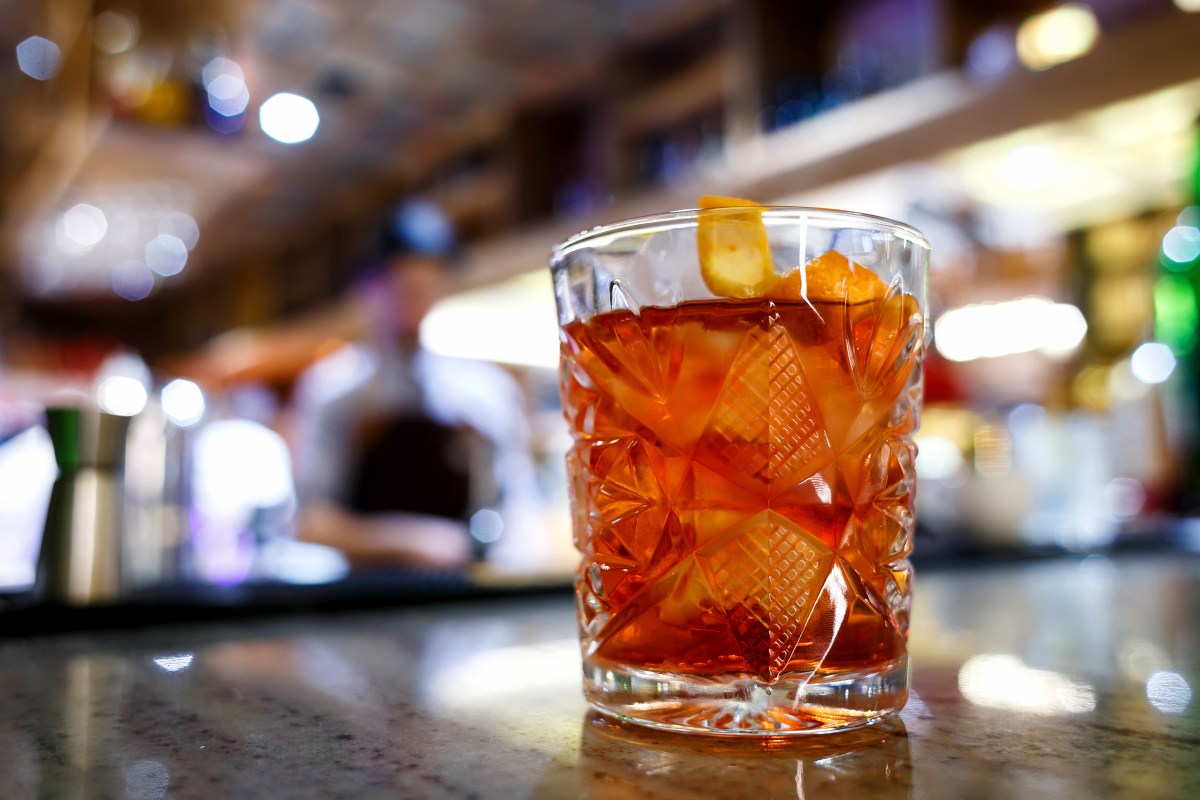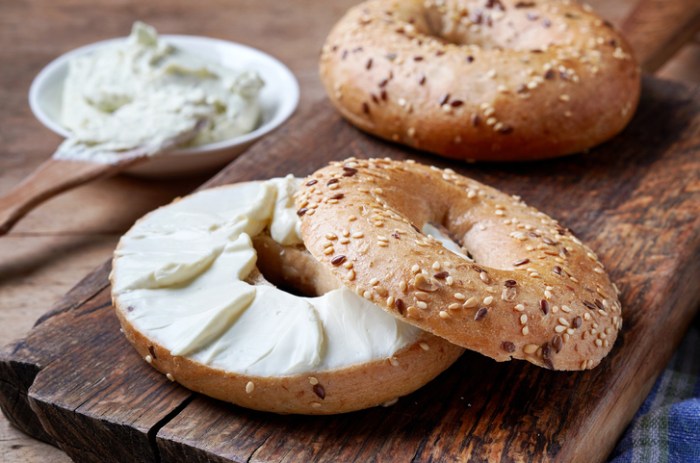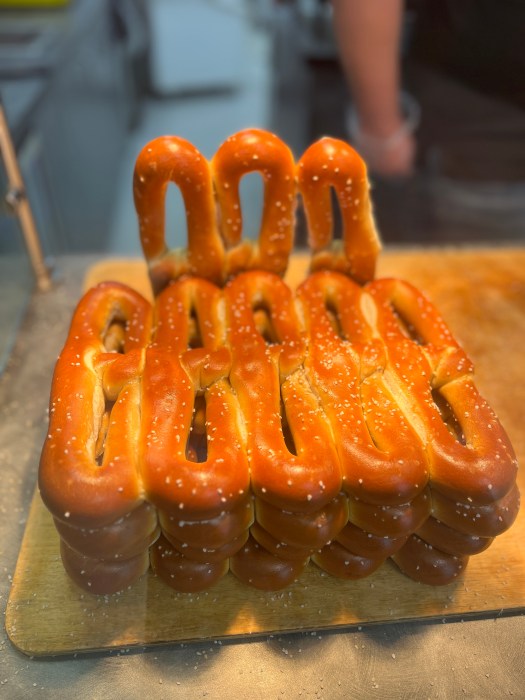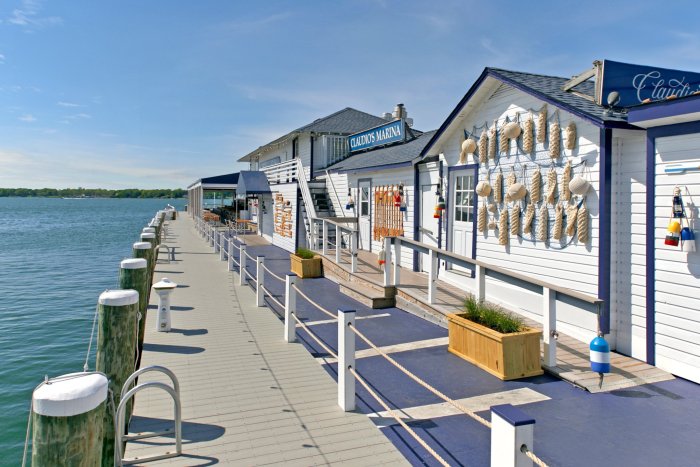It’s September, time to start transitioning from the spritzers and other light quaffers you’ve used to tame these last hot months.
Time, in other words, to consider the Negroni, the enduring aperitivo that requires nothing more than an ounce each of gin, sweet red vermouth and Campari. Pour them over ice, stir, add a twist of orange peel and basta.
Refreshing and sophisticated, it’s a feint toward the heartier drinks of the coming cooler months, when whiskey and rye take the fore.
But it’s no slouch, either. The Negroni was Bond’s choice when he didn’t want a martini. And it’s the most honest of cocktails, cocktailista Nina Caplan notes in the New Statesman, made from a trio of ingredients that don’t try to hide sweeteners and exotic syrups.
“The Negroni fools no one,” she points out, “it’s easy to make and contains nothing but booze.”
Our kind of drink. But the Negroni’s simplicity belies its complex backstory, in which the heirs of competing noblemen – one an itinerant Italian, the other a Corsican-born French army general – claim the Negroni as their own. Almost to the point of blows. One side, in fact, has advocated dueling.
The most popular telling of the story centers on Florence-born Count Camillo Negroni, a bit of a tramp who spent much of his youth in America, as a cowboy, riverboat gambler and sometime fencing instructor.
Along the way, Negroni “learned enough about stud, keno, and faro to get broke and stay that way,” he told an American newspaper reporter in an account retold by cocktail historian David Wondrich. “Punching horses suited me to death.”
Then it was on to London for a few years and, in 1905, finally home to Florence and a less-adventurous life that centered on his favorite bar, the Café Casoni. His regular drink was the Americano, a refreshing but not particularly potent mix of Campari, soda water and sweet vermouth so named because it was popular with American tourists.
One night in 1919, the legend goes, the Count asked bartender Fosco Scarselli to substitute gin for the soda water, and the sturdier drink quickly caught on with the locals. Later that year, the Negroni family began selling the pre-mixed cocktail by the bottle – it’s still available from Negroni Antica Distilleria – and the Negroni became an Italian staple.
The cocktail didn’t come to widespread American attention until 1947, when Orson Welles, in Italy for the filming of “Black Magic,” sent home glowing reports to drinkers who were beginning to tire of post-Prohibition martinis and Manhattans.
“The bitters are excellent for your liver, the gin is bad for you,” he reported. “They balance each other.”
Fun story, right? But it is vigorously disputed by a pair of Puerto Rican-born brothers, Héctor and Noel Negroni, who claim a distant and long-deceased relative, General Pascal-Olivier de Negroni, also a count, invented the drink in 1860.
Born in Corsica in 1829, this Count Negroni joined the French army at the age of 18 and was a decorated cavalryman – including the Legion of Honor – during the Franco Prussian War. He served almost 45 years before retiring to a small town in Normandy, where he died in 1913.
The brothers maintain that the general, a fourth cousin, invented the drink while serving in West Africa. They’ve led a vigorous and emotionally charged campaign on social media to supplant the Camillo story and have banged heads repeatedly with the editors of Wikipedia.
At this point, if you’re smart, you’re saying pass the gin and let the Negronis fight it out as they will. Good idea, but one that begs this question: Which gin?
Glad you asked. Tanqueray is a decided favorite, as is Hendricks, Martin Miller’s Reformed London Dry and Plymouth Navy Strength. On the vermouth front, you want Cocchi Vermouth di Torino if you can afford it.
And Campari. Beware the bartender who would slip you a Negroni made with Aperol or Gran Classico. Both legitimate bitters on their own, certainly, but not for use in a Negroni.
Purists look for long-shelved bottles of Campari that get their red from traditional carmine dye, derived from crushed cochineal beetles that impart a flavor they say artificial coloring, in use since 2006, cannot match.
You need not be quite so fastidious. Settle on a gin, grab the Cocchi and Campari and enjoy the waning days of summer like a nobleman.
But do so responsibly. Anthony Bourdain once took down his entire production crew by serving Negronis made faithfully with the classic three ingredients. But using a bottle of each.
The drink, he warns, will “hit you like a freight train after four or five.”

































